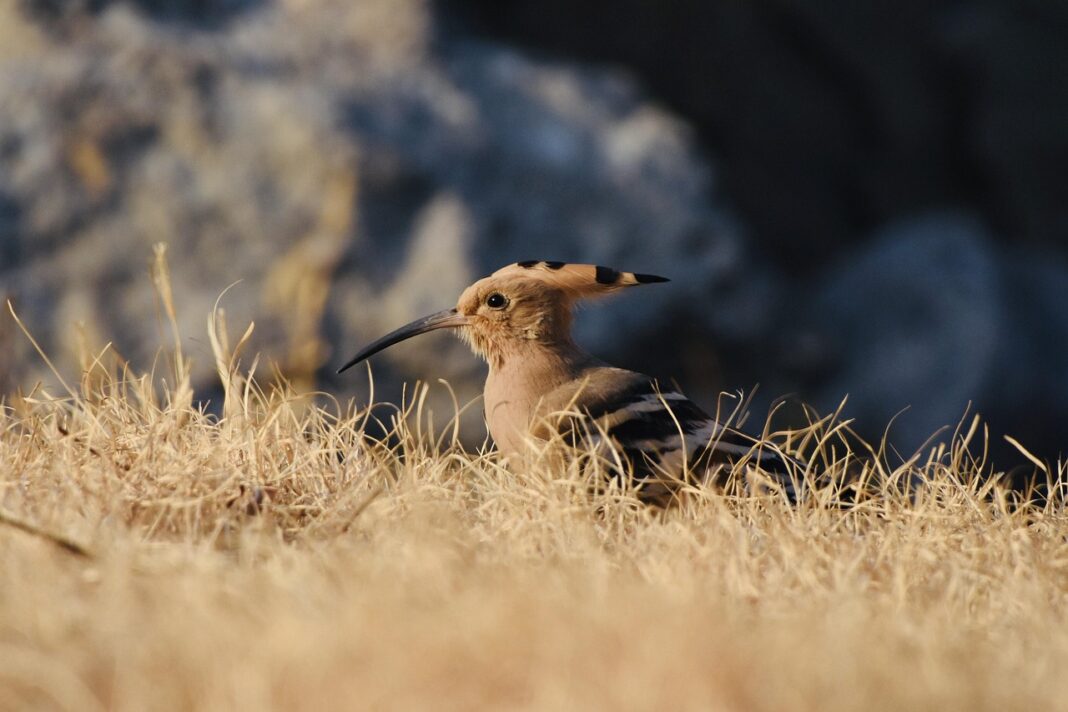Animal myths and legends have persisted for centuries, shaping our understanding of the natural world and influencing cultures worldwide. From associating black cats with bad luck to believing that ostriches bury their heads in the sand, these misconceptions often overshadow the fascinating realities of animal behavior. Let’s debunk some of the most common animal myths and uncover the truths behind them.
Debunking the Myth of the Ostrich
Head in the Sand? Not Really!
The popular image of an ostrich burying its head in the sand to avoid danger is a classic animal myth. In reality, ostriches don’t hide their heads in the sand. This myth likely originated from the bird’s defense mechanism.
- What they actually do: When threatened, ostriches will often lie low to the ground, pressing their necks against the earth to blend in with their surroundings. From a distance, this posture can give the illusion that their head is buried.
- Other reasons for head position: Ostriches will also lower their heads to move eggs around in the nest or to consume grit, which aids in digestion.
Why the Myth Persists
The “head in the sand” myth persists because it’s a memorable and easily visualized image. It’s also a convenient metaphor for avoiding problems or ignoring reality. However, understanding the true behavior of ostriches provides a more accurate and respectful view of these magnificent birds.
Black Cats and Bad Luck: A Superstition Examined
The Origin of the Myth
Black cats have been associated with bad luck for centuries, a belief rooted in medieval superstitions.
- Historical associations: During the Middle Ages, black cats were often linked to witchcraft and the devil, contributing to their negative reputation.
- Cultural variations: The perception of black cats varies across cultures. In some cultures, such as Scotland and Japan, black cats are actually considered lucky.
Dispelling the Darkness
The idea that black cats bring bad luck is entirely unfounded. These animals are no different from cats of any other color, and their behavior is driven by instinct and environment, not by any supernatural power.
- Adoption statistics: Sadly, black cats are often less likely to be adopted from shelters due to this lingering superstition.
- Reframe the narrative: By debunking this myth, we can encourage more people to see black cats for the affectionate and wonderful pets they truly are.
Lemmings and Mass Suicide: A Disney Fabrication
The Myth’s Origins
The notion that lemmings collectively commit mass suicide by jumping off cliffs is a dramatic but entirely false myth. This misconception gained widespread popularity through a 1958 Disney documentary called “White Wilderness.”
- Staged scenes: The filmmakers, in reality, staged the lemmings’ “suicide” by herding them off a small cliff.
- Exaggerated behavior: While lemmings do migrate in large numbers, they do so in search of food and suitable habitats.
The Truth About Lemming Migration
Lemmings migrate when their populations become too large for their habitat to sustain them.
- Natural population cycles: Lemming populations fluctuate greatly. In peak years, they may migrate to find new food sources.
- Navigating obstacles: While migrating, lemmings may cross bodies of water, which can be dangerous, but they do not intentionally drown themselves. This is just part of their natural life cycle.
Bats Are Blind: Seeing Beyond the Myth
Echolocation: Nature’s Sonar
The myth that bats are blind is one of the most enduring and incorrect assumptions about these fascinating creatures. Bats actually have perfectly good eyesight, but they also use echolocation to navigate and hunt in the dark.
- How echolocation works: Bats emit high-pitched sounds and then listen for the echoes to create a “sound map” of their surroundings.
- Bat eyesight: Many bat species have excellent vision, particularly for long-distance sight.
Bats and Their Vital Role
Bats play a crucial role in ecosystems worldwide, acting as pollinators, seed dispersers, and insect predators.
- Insect control: A single bat can eat thousands of insects in one night, helping to control populations of pests that can damage crops.
- Pollination: Some bat species pollinate important plants, including agave (used to make tequila) and certain species of cacti.
- Conservation efforts: Debunking the myth about bats’ blindness is essential for promoting their conservation, as it highlights their unique abilities and the importance of protecting their habitats.
Goldfish Memory: More Than a Few Seconds
Challenging the Stereotype
Goldfish are often portrayed as having extremely short memories, a myth that suggests they can only remember things for a few seconds. However, studies have shown that goldfish are much smarter than we give them credit for.
- Memory experiments: Scientists have trained goldfish to perform tasks and remember information for several months.
- Spatial awareness: Goldfish can learn to navigate mazes and recognize patterns, demonstrating their capacity for learning and memory.
Understanding Goldfish Behavior
Goldfish are intelligent creatures that can adapt to their environment and learn from experience.
- Enrichment activities: Providing goldfish with stimulating environments, such as plants, toys, and varied feeding routines, can enhance their well-being and cognitive abilities.
- Responsible pet ownership: Understanding the true intelligence of goldfish promotes responsible pet ownership and encourages people to provide them with proper care and enrichment.
Conclusion
Animal myths, while often entertaining, can distort our understanding of the natural world. By debunking these misconceptions and learning the true behaviors and abilities of animals, we can develop a greater appreciation for the diversity and complexity of life on Earth. Spreading accurate information helps to foster respect for animals and promotes responsible stewardship of our planet.



